Blog
-
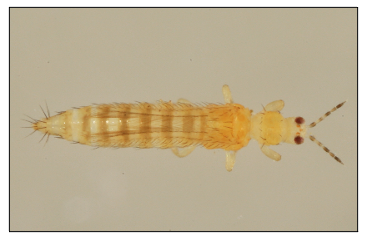
Ashfaq A. Sial1, James Jacobs2, Zack Williams3, and Will Brown41Department of Entomology, University of Georgia, Athens, GA 30602, 2University of Georgia Cooperative Extension, Pierce County, Blackshear, GA 31516, 3University of Georgia Cooperative Extension, Bacon County, Alma, GA 31510, 4University of Georgia Cooperative Extension, Appling County, Alma, GA 31510 Identification and Biology Flower thrips are chronic…
-

By Navjot Kaur and Bhabesh Dutta Alternaria brassicicola is a part of the Alternaria complex that causes leaf blight and head rot (ABHR) in brassica crops. In our study, we observed that commercial broccoli seeds can be naturally contaminated with pathogenic and aggressive A. brassicicola. About one-third of the commercial broccoli seedlots screened from two commonly grown cultivars in…
Posted in: disease -

Hoplolaimus spp. Importance: Plant-parasitic nematodes belonging to the genus Hoplolaimus are commonly called lance nematodes. These nematodes are primarily migratory ectoparasites meaning they feed externally on the roots. Lance nematodes are known to cause damage to a wide variety of field crops (cotton, soybean, corn, peanuts etc.), fruit trees (apples, citrus, peaches, mango, bananas etc.), vegetables (Peas, cabbage,…
Posted in: Uncategorized -
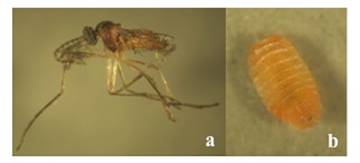
Ash Sial1, James Jacobs2, and Zack Williams31Department of Entomology, University of Georgia, 2UGA Extension, Pierce County, and 3UGA Extension, Bacon County Although blueberry gall midge has historically been referred to as a rabbiteye problem, recently it has been reported to be a concern in some southern highbush fields. The majority of the highbush infestations were primarily reported…
-
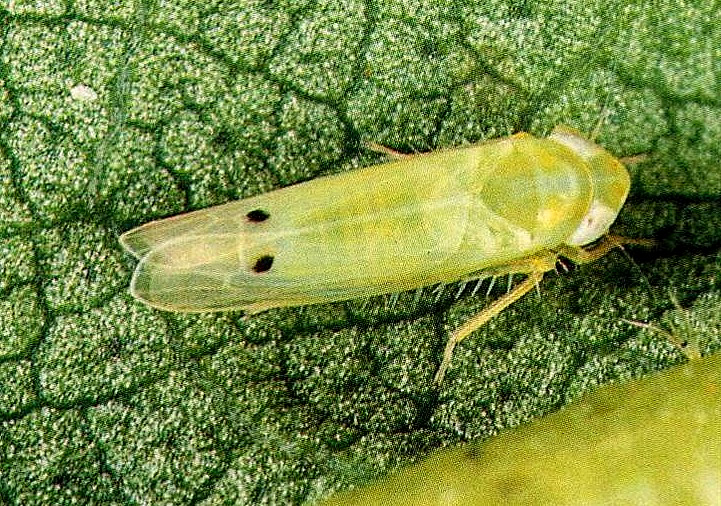
The University of Georgia Cotton Team will be keeping an eye out this upcoming season for cotton jassid or two-spot cotton leaf hopper, which was spotted in several counties in Florida last year. Phillip Roberts, a UGA Extension cotton entomologist, spoke about the cotton jassid at a recent Georgia Cotton Commission meeting, according to Southeast…
-

Common Name: Peanut Burrower Bug
Posted in: Pest Profiles -

Written By: Dr. Ash Sial, Entomologist, University of Georgia Blueberry bud mite, Acalitus vaccinii (Keifer) is a tiny eriophyid mite. If abundant, bud mites can abort flower buds producing symptoms that resemble cold injury or poor fruit set. Blueberry bud mites are roughly 125th inch long, white to translucent in color, and somewhat carrot-shaped, with…
-
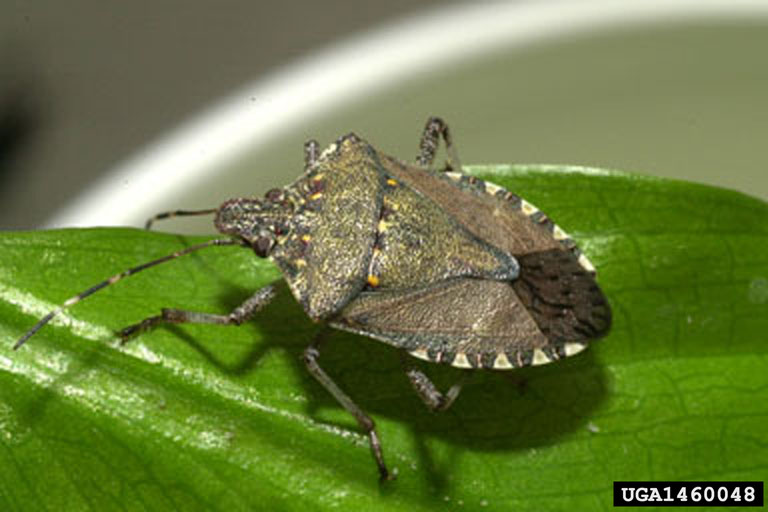
Common name: Brown Marmorated Stink Bug
Posted in: Pest Profiles -
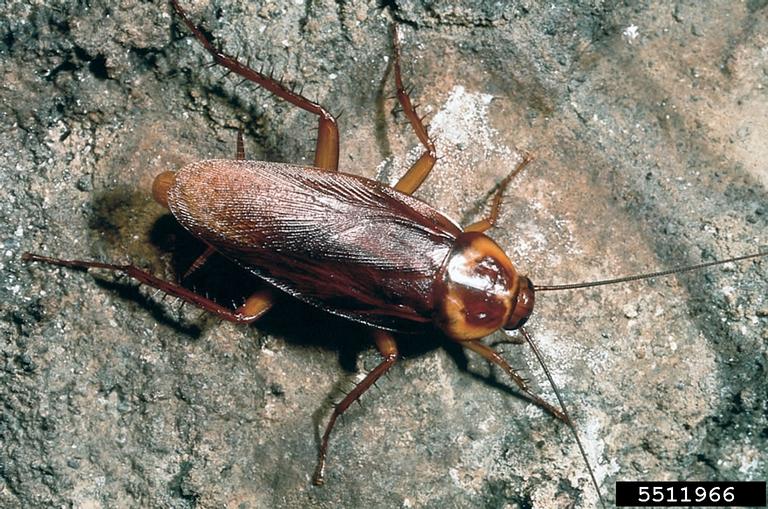
Common name: Cockroaches
Posted in: Pest Profiles